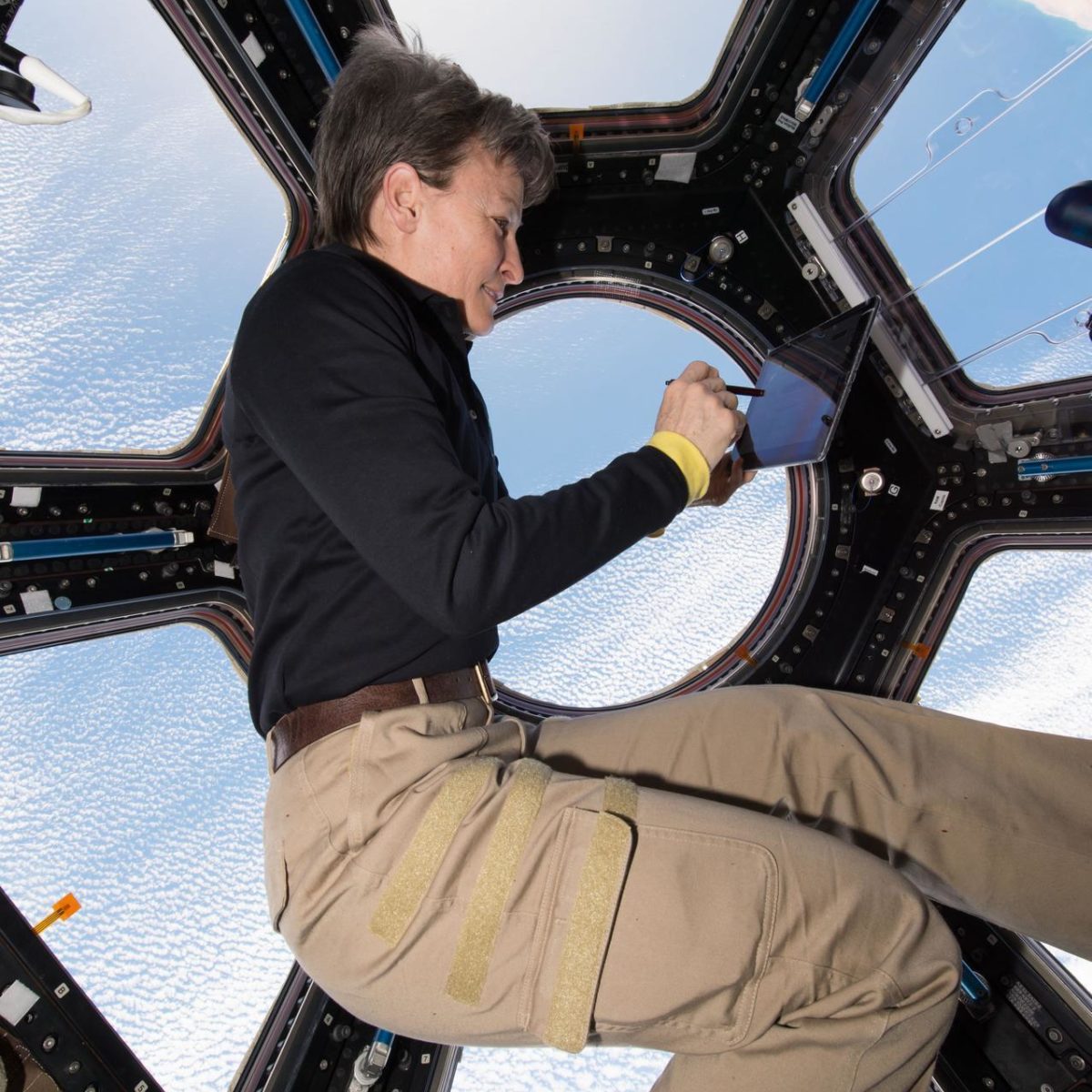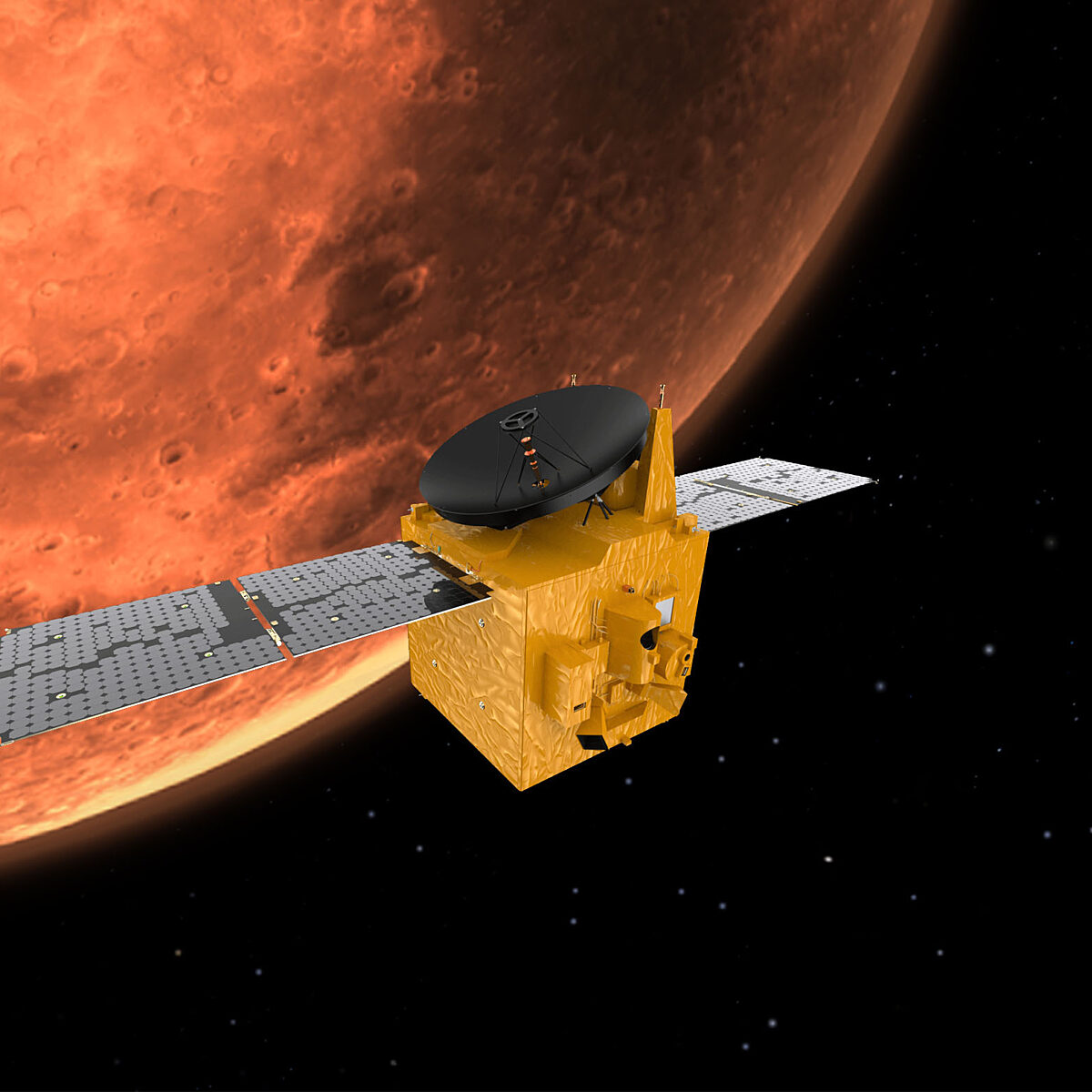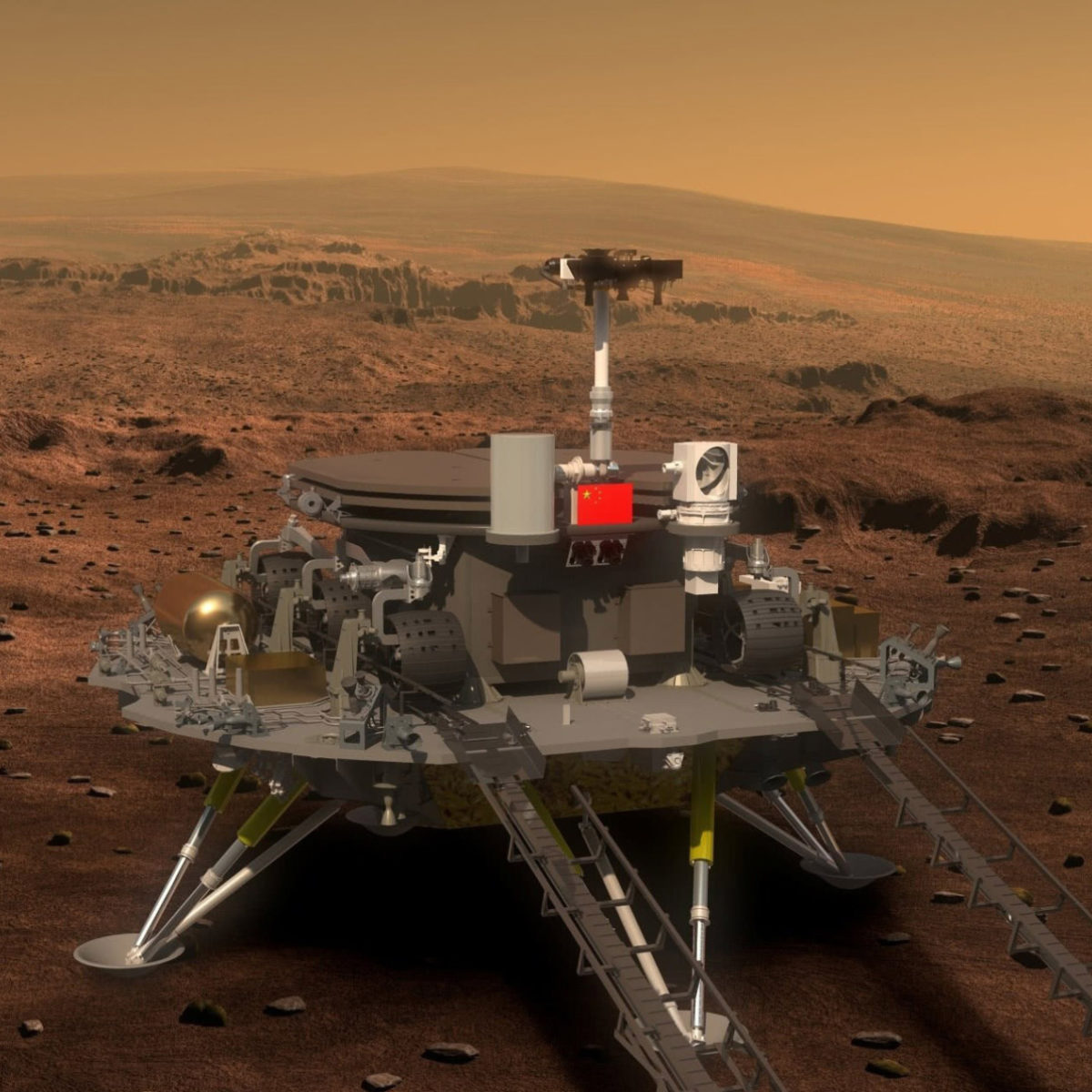
On the Cover: Apollo 13 astronauts captured this photo of Earth in April 1970. Fifty-six hours into the mission, an explosion forced the crew to abort their landing and take shelter in the Lunar Module. The crew ultimately returned to Earth safely, and the mission became known as NASA’s “successful failure.”
Download PDF
Note from the editors: The content on this page is a digital mirror of our quarterly print magazine, The Planetary Report. Our print content must be finalized roughly 2 months in advance, so you'll read references to the ongoing COVID-19 pandemic describing it as a singular moment in history and an opportunity to reflect on our commitment to take care of each other and the Earth.
Since then, a movement to eliminate systemic racism has swept the globe. We here at The Planetary Society recognize we must do more to support Black people, including Black people who love space. You can read our initial response and commitment to work against racism here.
While some of the sentiments we expressed in this issue could also be applied to the fight against racism, they were not intended as such. Inspirational words and images alone will not undo the fundamental societal disparities that plague our planet.
The Planetary Society's goal is to make space for everyone. We can only do that by becoming an organization that actively opposes racism. Let's get to work.
Feature stories
This issue, we showcase pictures of Earth, describe the wide variety of sample return missions in progress, and celebrate your impact in Washington, D.C.
Pictures of Earth
During this singular moment in history as the entire world responds to the COVID-19 pandemic, we thought it would be appropriate to share some of our favorite pictures of Earth from space.
Sample Return Roundup
It's a banner year for sample return missions. In 2020, China, Japan, and the United States are all scheduled to have sample return missions in flight, seeking to retrieve material from near-Earth asteroids, the Moon, and eventually Mars.
Your Impact: June 2020 Solstice
We're celebrating a successful Day of Action in Washington D.C., remembering SETI@home, and looking forward to LightSail 2's extended mission.
Also in this issue
Your Place in Space
Perseverance Throught It All

Fellow planetary explorers,
In early March, I was working on my column for the June edition. It was going to be about the 4 new missions to Mars to be launched this summer (or southern hemisphere winter). Naturally, we all were expecting fabrication, shipment, assembly, and testing to progress steadily along their respective Gantt charts. Well, my friends, within a few weeks, this world—our world—had been turned on its head.
The spread of the novel COVID-19 coronavirus has changed life as we know it. The pandemic has kept many of us at home, away from loved ones and unable to work. It has pushed others who work in health care, food production, and delivery along with utility workers and other essential-service providers into extraordinarily stressful and hazardous working conditions. No one on Earth has been unaffected by this crisis.
While we work together by staying apart, space exploration inherently gives us perspective. Exploring our solar system and beyond drives home the uniqueness and loneliness of our place in space. As Carl Sagan pointed out, everyone you’ve ever known or known of is from here; Earth is our cosmic home. From this point of view, we humans are much more alike than we are different. Our planetary kinship drives us to work together. We will move past this stronger than ever.
I am inspired by the technicians, engineers, and scientists who are sticking with it despite the upheaval. As I write, the Perseverance Mars rover is still scheduled to make its mid-July launch period. Perseverance—an apt name indeed.
Compared to the health and safety of ourselves and our loved ones, space ranks lower on one’s immediate priority chart. Still, even in the midst of a crisis, space explorers like you and I share a deep optimism for the future. We know that as a global society, we achieve extraordinary things when we work together with cooperation and science—everything from successfully addressing this pandemic to seeing the first humans land on Mars. We will persevere and keep that big picture in mind. We will look up and out into space with the confidence that scientific understanding can bring. We will endeavor to empower the world’s citizens to create a limitless and hopeful future for humankind. Together, we will change the world.
Thank you for being with us,

Space on Earth
Racing to Space: Mars Launches are Time Dependent
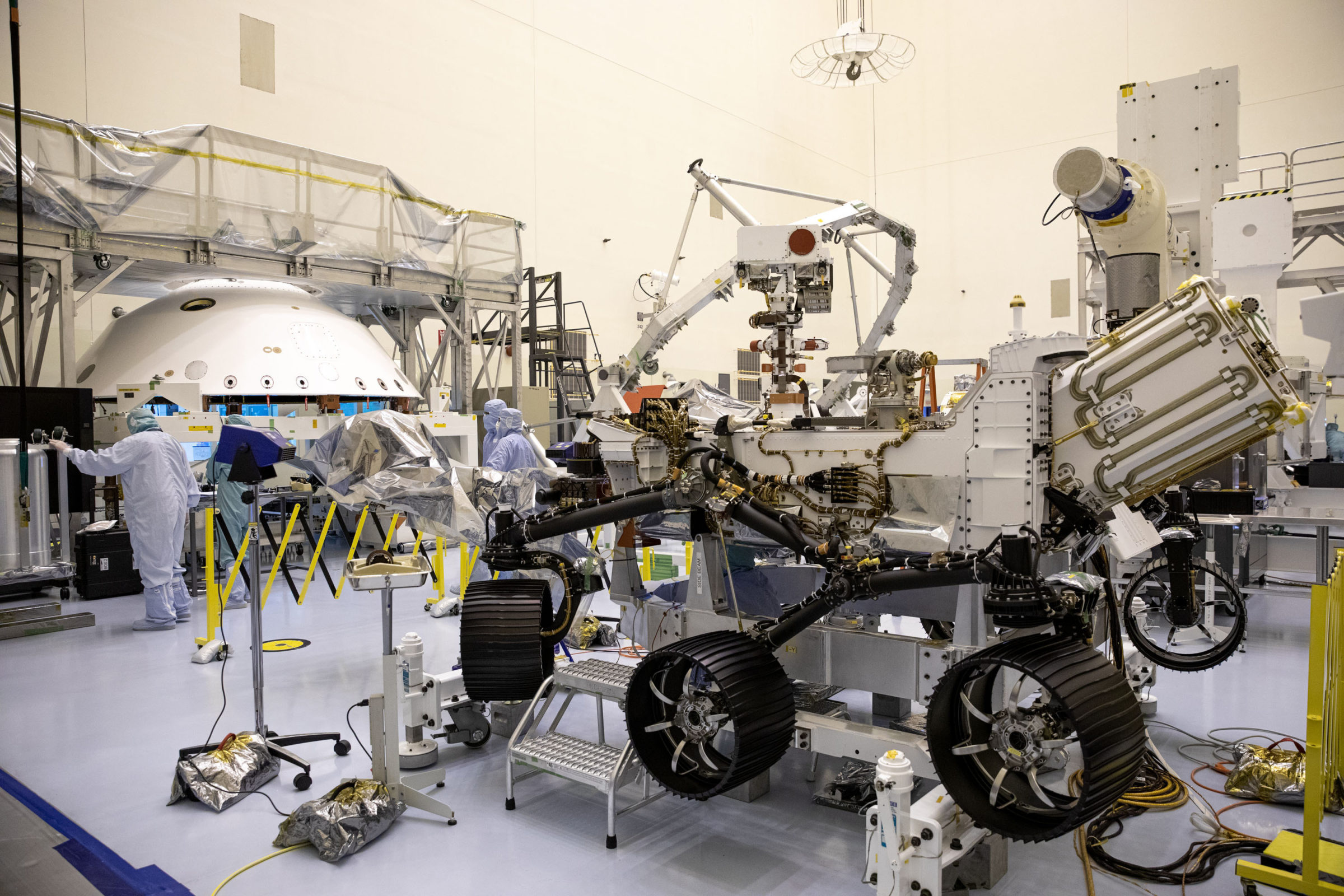
As The Planetary Report goes to press, China, the United Arab Emirates, and the United States all plan to launch missions to Mars during a brief window from late July through early August when Earth and Mars are optimally aligned. Because the next opportunity isn’t until 2022, all 3 countries made these missions a top priority even as most in-person space industry work ground to a halt due to the COVID-19 pandemic.
This image shows NASA’s Perseverance rover at the Kennedy Space Center Payload Hazardous Servicing Facility in Florida on 10 March 2020. On Mars, Perseverance will search for signs of past and present life while collecting soil and rock samples for future return to Earth. The missions that will return those samples to Earth, however, have not been formally approved.
In order to respond to any late-breaking changes to this summer’s Mars launches, we moved our coverage online. To learn how these missions work, why they matter, and how you can help support future Mars exploration, including bringing Perseverance’s samples back to Earth, visit planetary.org/mars2020.
Celebrating 40 Years
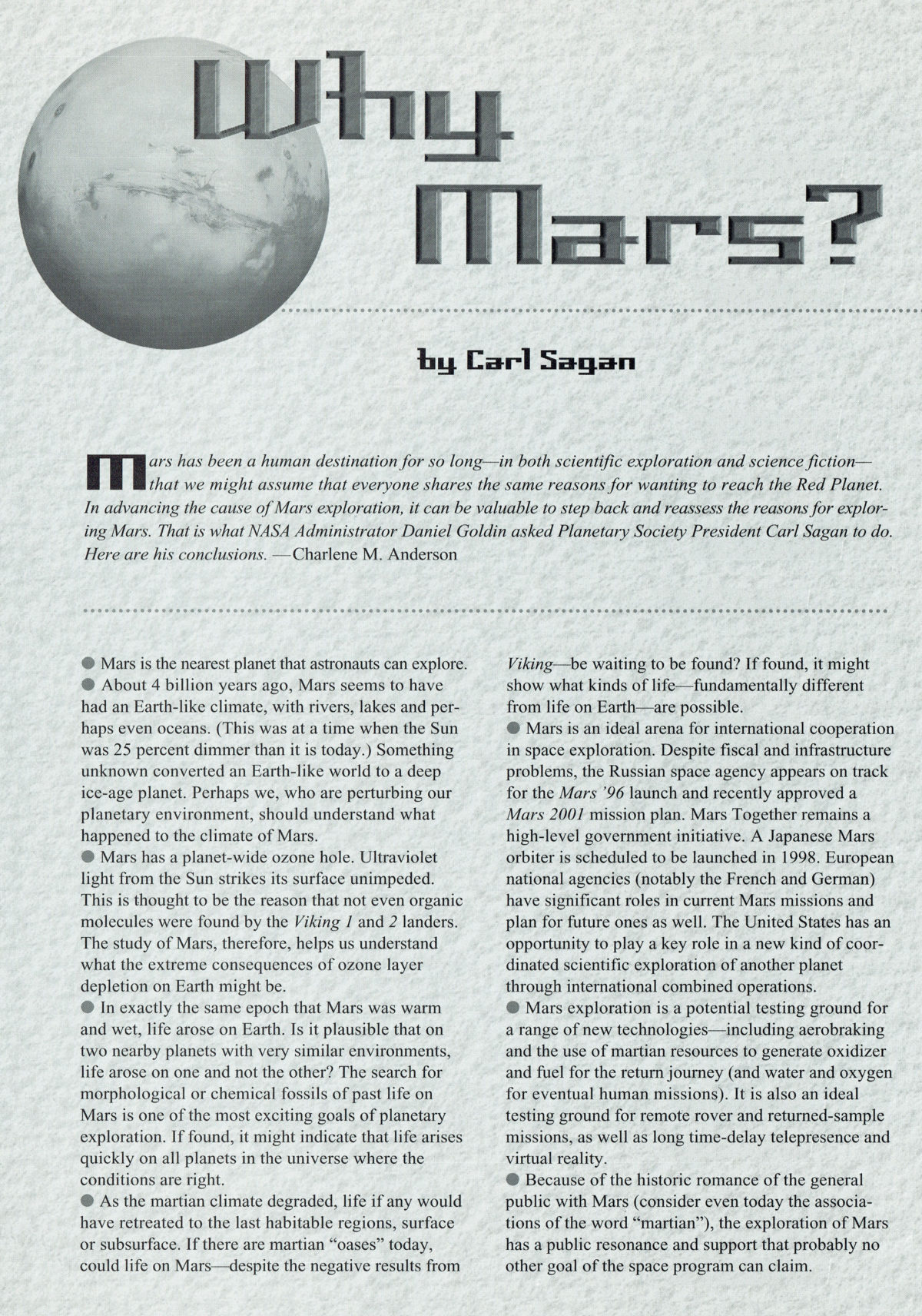
Get Involved
#InSpaceTogether
Mars Mania
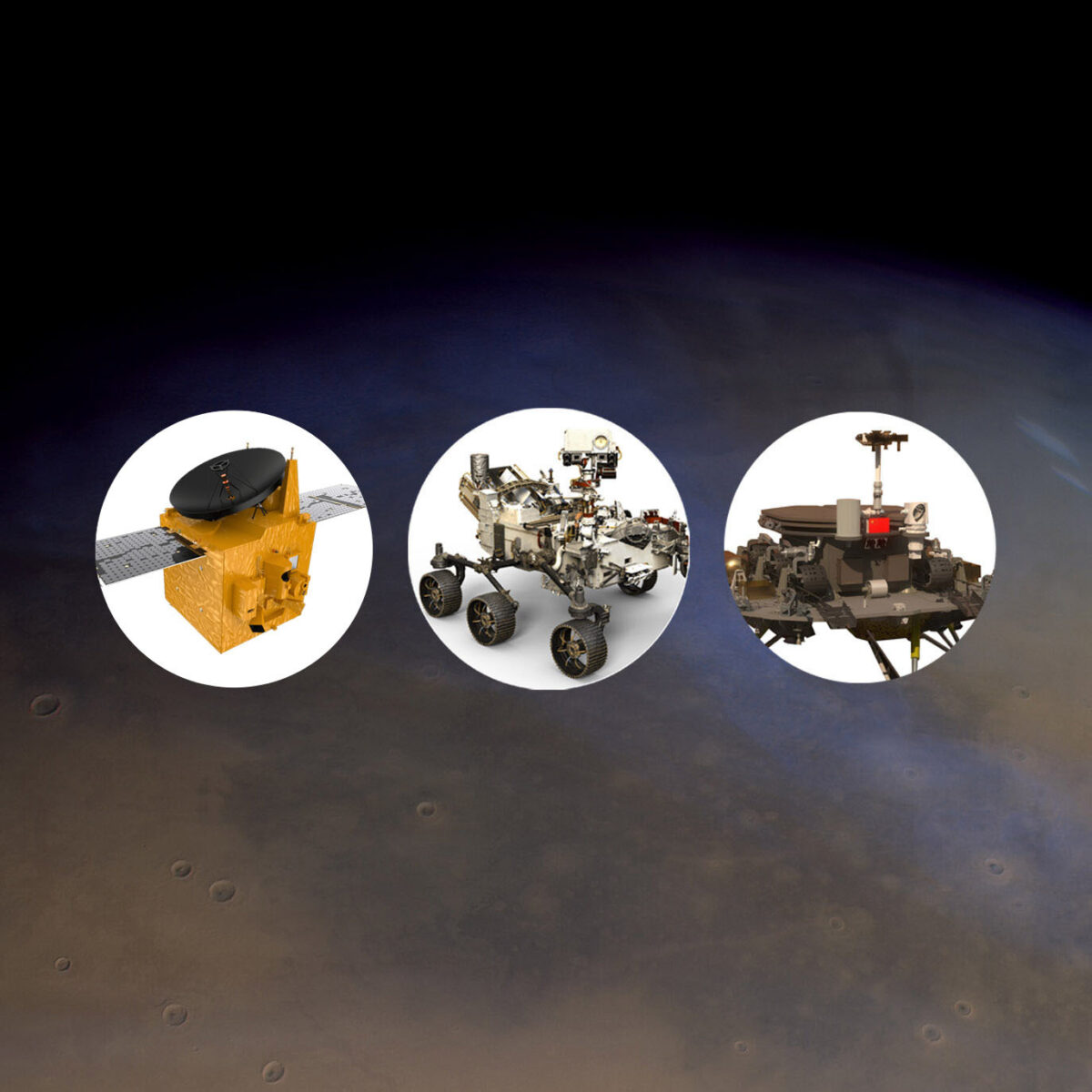
We’re going to Mars in July! It’s a great time to celebrate the excitement of a major mission launch. Reach out to your friends, family, coworkers, neighbors, or anyone you know who loves space and celebrate the next big steps in Mars exploration!
Perseverance, NASA's newest Mars rover
NASA's Perseverance rover is searching for past life on Mars and collecting samples for future return to Earth.
Hope, the United Arab Emirates' Mars mission
The UAE Hope Mars Mission is building a complete picture of Mars' climate.
Tianwen-1 and Zhurong, China's Mars orbiter and rover
China’s first Mars mission is searching for pockets of water beneath the surface that could host life.
What's Up?
In the Sky
Very bright Jupiter is paired with yellowish Saturn in the evening East, getting higher and farther apart as the weeks pass. Reddish Mars rises in the middle of the night in June and in the early evening by September. Watch Mars grow brighter as the weeks pass and Earth and Mars grow closer in their orbits. By September, Mars will be brighter than the brightest star, and by its 13 October opposition (opposite side of Earth from the Sun), it will be brighter than Jupiter. Super-bright Venus dominates the predawn East throughout this period. The Perseid meteor shower peaks 11-12 August with increased activity several days before and after. The most meteors will occur after midnight, but that is also when a quarter Moon will be up, interfering some with meteor visibility.
Random Space Fact
If you add the masses of Mercury, Venus, and Mars, the result is still a bit less than the mass of Earth.
Trivia Contest
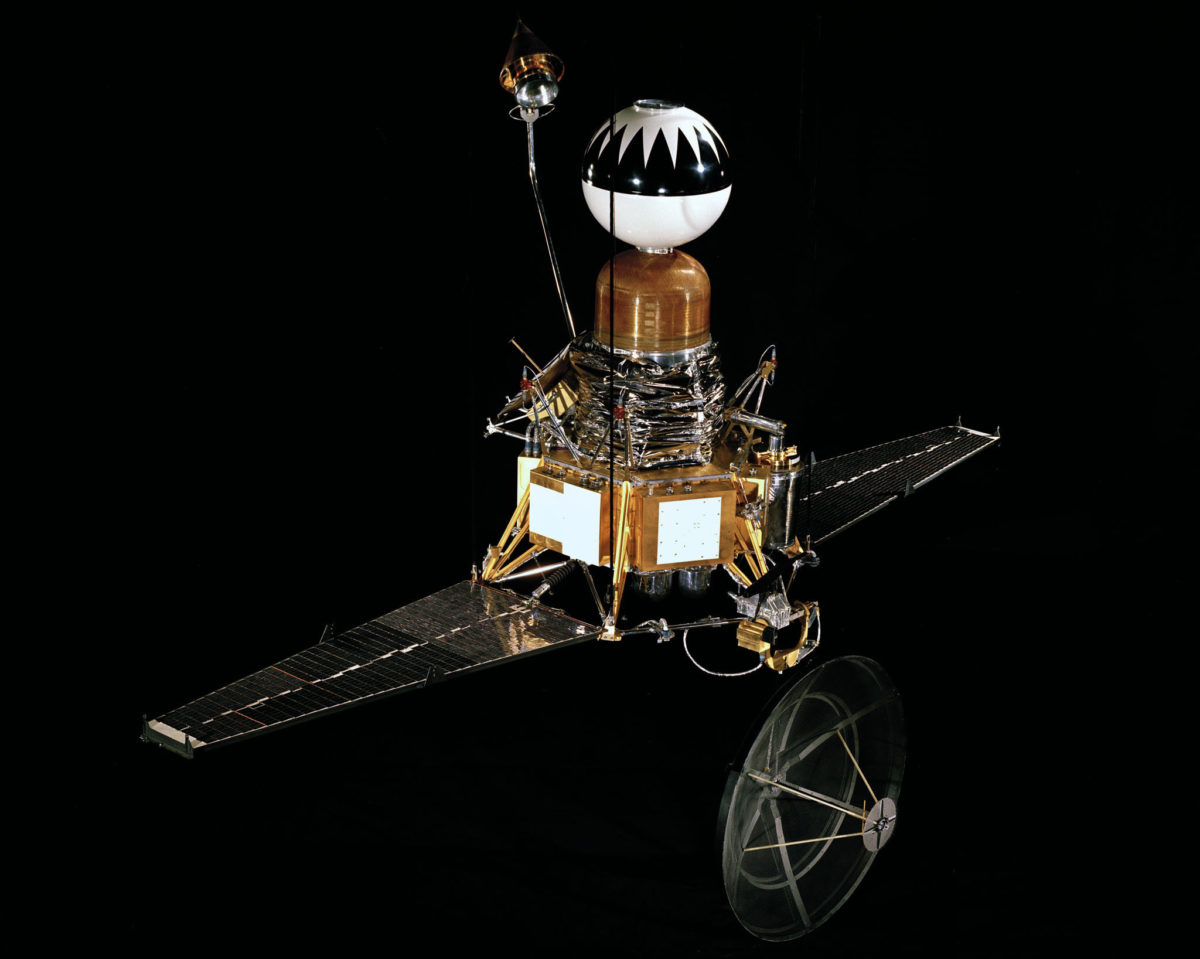
Our December solstice contest winner is Nedya Gilman of Endicott, New York, USA. Congratulations! The question was: In January 2019, Chang’e-4 became the first spacecraft to soft land on the far side of the Moon, but what was the first spacecraft to impact on the far side of the Moon? The answer: Ranger 4 (pictured above) crashed into the far side of the Moon in 1962.
Try to win a copy of V.R. Space Explorers: Titan’s Black Cat by Bruce Betts and a Planetary Radio T-shirt by answering this question:
What was the first successful robotic mission to return samples from beyond Earth?
Email your answer to [email protected] or mail your answer to The Planetary Report, 60 S. Los Robles Ave., Pasadena, CA 91101. Make sure you include the answer and your name, mailing address, and email address (if you have one). By entering this contest, you are authorizing The Planetary Report to publish your name and hometown. Submissions must be received by 1 September 2020. The winner will be chosen in a random drawing from among all the correct entries received.
For a weekly dose of “What’s Up?” complete with humor, a weekly trivia contest, and a range of significant space and science-fiction guests, listen to Planetary Radio at planetary.org/radio.
Where We Are
An At-A-Glance Spacecraft Locator

On 13 April 2020, the European Space Agency’s BepiColombo spacecraft will fly past Earth using a nudge from our planet’s gravity to drop it into the inner solar system. BepiColombo launched on a mission to Mercury in 2018. It will fly past Venus twice and Mercury 6 times before easing into Mercury orbit in 2025.
The OSIRIS-REx team selected a sampling site on asteroid Bennu in December. It is a subdued hollow filled with finegrained material, surrounded by large rocks that could present hazards to the mission. The spacecraft is now performing low flybys of the landing site, collecting high-resolution data to prepare for landing rehearsals beginning in June. The first sample attempt is currently planned for August.
Back on Earth, as many as 4 new spacecraft from 4 different space agencies are preparing to launch to Mars. All would launch as early as July 2020 and arrive at Mars in early 2021. Hope, a United Arab Emirates orbiter, is the Arab world’s first mission to another planet. It will build a complete picture of Mars’ seasonal atmospheric cycles from an orbit that is much higher than NASA’s atmospheric mission, MAVEN. NASA’s Mars 2020 rover, which appears similar to Curiosity but carries different science instruments, will search for signs of past life and collect samples for future return to Earth. The ESA-led ExoMars 2020 mission includes a rover named Rosalind Franklin that will drill for samples up to 2 meters beneath the surface, searching for signs of past and present life. Finally, China plans to launch an orbiter, lander, and rover mission tentatively called Huoxing-1 that will search for water ice, study Mars’ climate, and investigate the planet’s habitability.
For mission updates and more, check out The Downlink, our weekly email newsletter. Sign up at planetary.org/connect.
Snapshots from Space
Paving the Way for Sample Return

This year, China plans to launch Chang’e-5, the first lunar sample return mission since the Soviet Union’s Luna 24 spacecraft returned to Earth in 1976. Two successful previous landers have paved the way for China's next step in exploration. This photo of the Chang’e-4 lander on the lunar farside was taken by the Yutu-2 rover on 8 February 2019, early in the mission’s second lunar day. The rover had already driven more than 50 meters northwest of the lander. Its tracks are visible near the lander, which sits on the sloping rim of a subdued crater. In the year since this photo was taken, the rover has journeyed a further 200 meters west. On the first anniversary of the landing, 3 January 2020, the mission released a trove of science-quality data to the world, including the images that compose this panoramic view.
Astronomical Art
Dust Storm on Mars
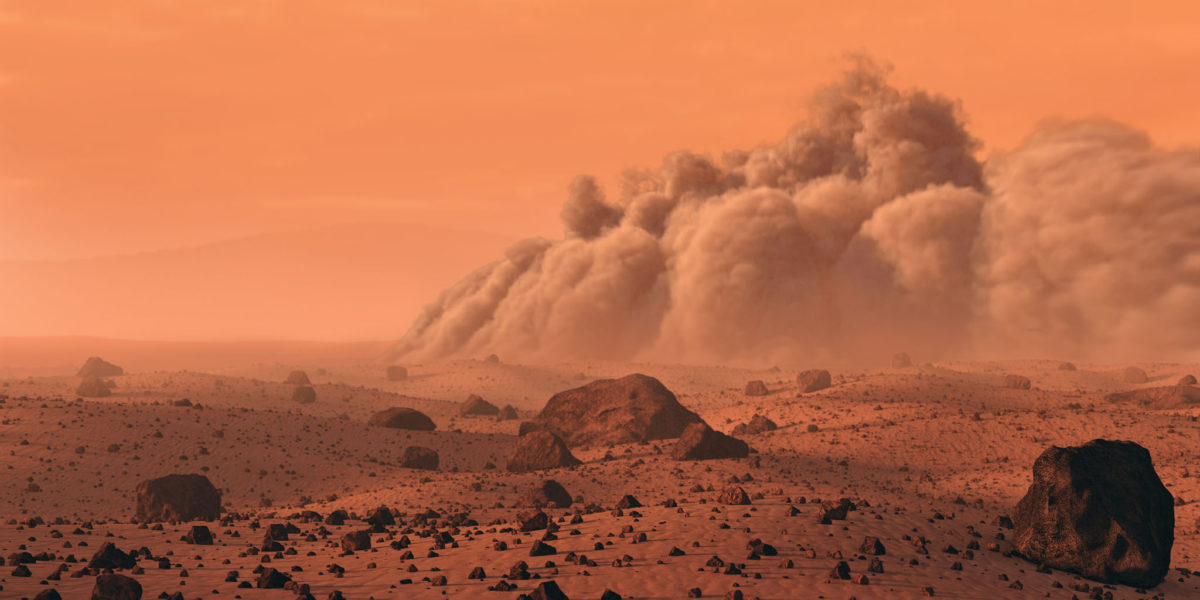
The Martian environment poses many challenges to those who explore it. Temperature, radiation, and a lack of water or atmosphere are problems that threaten future human explorers more than our robotic emissaries, but massive storms of dust are a danger to robots and humans alike. Martian dust storms can last for weeks on end, sometimes cloaking the entire planet in a haze. The dust can coat a robot’s solar panels, starving it of energy and potentially ending its mission. This was the fate of NASA’s Opportunity rover, which couldn’t survive a planet-wide dust storm in 2018.
This image, created by author and astronomical artist Dr. Mark A. Garlick, gives us a chance to imagine the awe and terror that such a storm would inspire in a human explorer. It captures the dual nature of Mars: beautiful and intriguing yet hostile and incredibly challenging. It’s a world that calls out to be explored and is one that demands the very best of us.
Do you want to see your artwork here? We love to feature our members throughout this magazine. Send your original, space-related artwork to [email protected].
The Planetary Report • June Solstice 2020
Help advance space science and exploration! Become a member of The Planetary Society and you'll receive the full PDF and print versions of The Planetary Report.


 Explore Worlds
Explore Worlds Find Life
Find Life Defend Earth
Defend Earth


